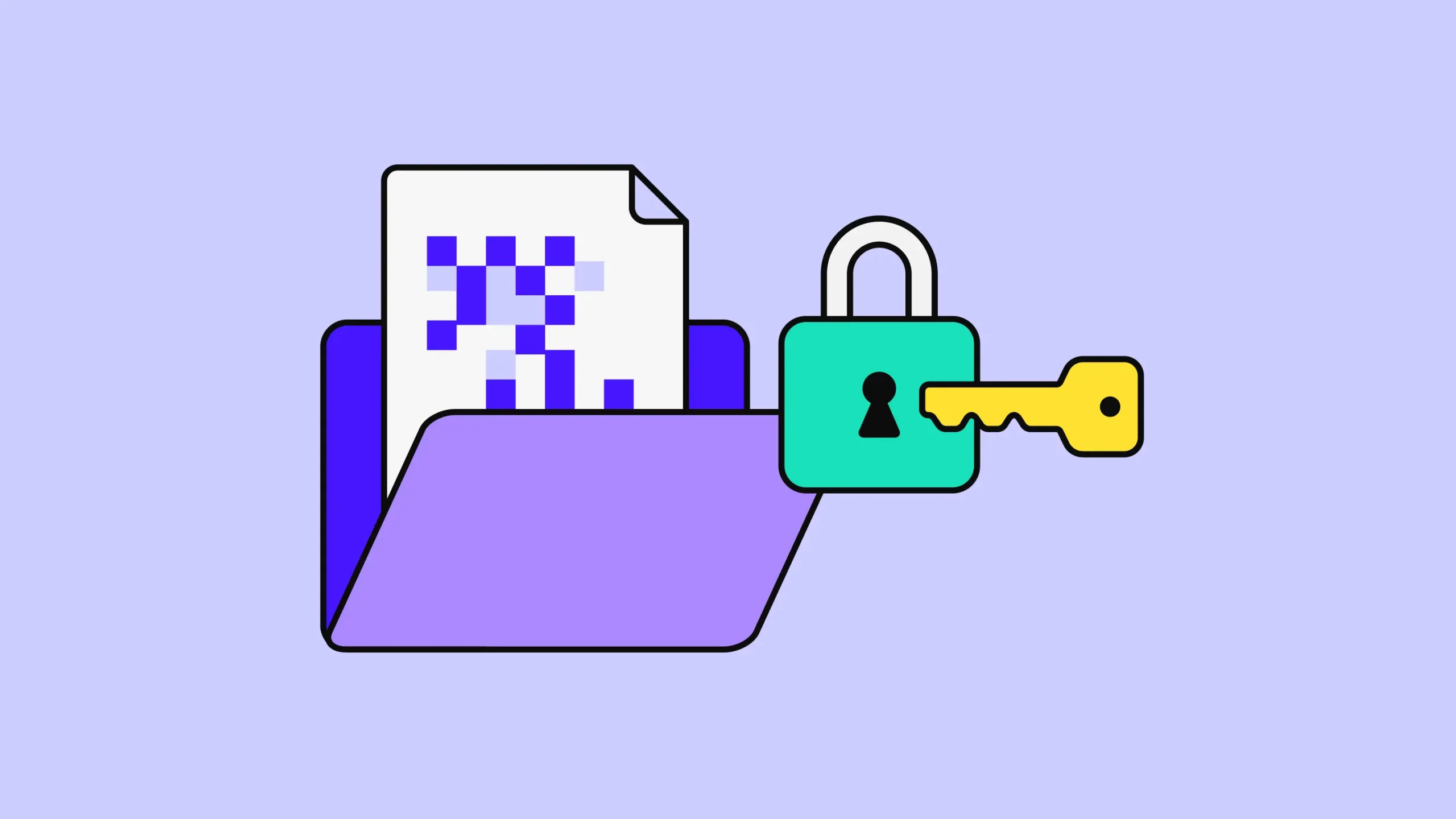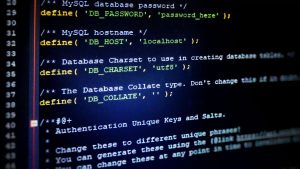Protecting Files and Directories in BSD with Encryption
Privacy is a growing concern for individuals and organizations managing sensitive data on BSD systems. Encryption provides a reliable way to safeguard files and directories, ensuring that unauthorized users cannot access confidential information. BSD offers various encryption tools that allow users to secure their data without compromising system performance.
Understanding encryption methods and implementing them correctly helps prevent data breaches and unauthorized access. Whether encrypting individual files, securing entire directories, or protecting external drives, BSD provides flexible encryption solutions for different use cases.
This guide explores the most effective ways to encrypt files and directories in BSD, covering native encryption tools, best practices for managing encrypted data, and strategies for ensuring long-term security.
The Importance of Encryption in BSD Systems
Encryption serves as a foundational layer of security for BSD users who handle confidential data. Whether managing personal files or enterprise-level information, encryption ensures that sensitive content remains unreadable to unauthorized individuals. Even if a device is lost, stolen, or accessed remotely, properly encrypted data remains protected, significantly reducing the risk of exposure. Without encryption, anyone with access to a system’s storage medium can potentially retrieve valuable information, leaving users vulnerable to data breaches and unauthorized modifications.
BSD systems are commonly used for secure computing, and users often store highly sensitive data such as login credentials, financial statements, or proprietary business files. Encrypting files and directories ensures that this information is shielded from unauthorized access, whether it is stored locally or transmitted over a network. When working with external storage devices, encryption plays an even more critical role in preventing unauthorized users from retrieving files if the device is misplaced or compromised. Even in collaborative environments, encryption adds an additional safeguard against internal security risks by restricting file access to authorized individuals only.
By integrating encryption into daily operations, BSD users reinforce their system’s security posture while following best practices for data protection. Encrypting files and directories not only helps meet compliance standards in regulated industries but also enhances personal privacy for individuals handling sensitive information. Whether safeguarding personal documents, company records, or network transmissions, encryption remains an essential element of a secure BSD environment.
Choosing the Right Encryption Method
BSD provides multiple encryption options, each suited to different security requirements. File-based encryption is ideal for protecting specific documents, while full-disk encryption offers comprehensive protection for an entire drive or partition.
For users needing to encrypt specific files, tools like openssl allow easy encryption and decryption with strong cryptographic algorithms. For broader protection, encrypted file systems such as PEFS (Private Encrypted File System) provide a seamless way to secure directories while maintaining access control.
Selecting the appropriate encryption method depends on the level of security required and the usability considerations for accessing encrypted data. A balanced approach ensures that data remains both secure and accessible when needed.
Encrypting Individual Files with OpenSSL
One of the simplest ways to encrypt files in BSD is by using OpenSSL, a widely used cryptographic tool that supports multiple encryption algorithms. This method is useful for encrypting documents, configuration files, or sensitive records without affecting the entire file system.
Encrypting a file with OpenSSL requires specifying an encryption algorithm, such as AES-256, along with a password. The command encrypts the file, rendering it unreadable until decrypted with the correct password.
Decrypting the file follows a similar process, ensuring that only authorized users with the correct key can access the data. While effective for protecting small amounts of information, this method requires careful management of decryption keys to prevent data loss.
Securing Directories with PEFS
For users needing to encrypt entire directories while maintaining ease of access, PEFS provides a practical solution. This encrypted file system allows users to store files in an encrypted format without modifying the underlying BSD system.
Once configured, PEFS automatically encrypts new files added to the directory, ensuring that all stored data remains protected. Users can access their encrypted files by mounting the directory with the correct key, providing seamless encryption without the need for manual file-by-file encryption.
Using PEFS simplifies encryption management while maintaining strong security. It is especially useful for users handling large volumes of sensitive data that require continuous protection.
Encrypting External Drives for Secure Storage
External storage devices often carry valuable data that must be protected from unauthorized access. Encrypting these drives ensures that even if the device is lost or stolen, the data remains secure.
BSD supports full-disk encryption tools such as GELI, which encrypts entire partitions or external drives. Once encrypted, the drive requires a passphrase or key to unlock, making it inaccessible to unauthorized users.
Setting up encrypted storage provides an added layer of security for backups, portable drives, and other removable media. Users must securely store their encryption keys to avoid losing access to their data.
Managing Encrypted Data Securely
Implementing encryption is only part of the security process. Proper management of encrypted data ensures that files remain protected while remaining accessible to authorized users.
Regularly updating encryption keys and passwords helps maintain security and prevents unauthorized access in the event of a compromised key. Securely storing decryption keys, either in a password manager or a dedicated key file, minimizes the risk of losing access to encrypted files.
Automating encryption processes, such as integrating encryption into backup routines, enhances security without adding complexity to daily operations. By maintaining organized key management practices, BSD users can ensure long-term protection of their encrypted data.
Preventing Unauthorized Access to Encrypted Data
Encryption is most effective when combined with access control measures that limit who can decrypt files. Restricting file permissions, disabling root access where unnecessary, and using multi-factor authentication improve security.
Logging access attempts and monitoring system activity help detect potential unauthorized decryption attempts. Combining encryption with BSD’s built-in security features ensures that sensitive data remains protected from both external threats and insider risks.
By layering security practices, BSD users can create a robust defense against unauthorized data access while maintaining the usability of encrypted files.
Strengthening Data Security with BSD Encryption
Encrypting files and directories in BSD is an effective way to safeguard sensitive information from unauthorized access. By selecting the right encryption method, securing external storage, and managing decryption keys responsibly, users can maintain strong privacy and data security.
Combining encryption with access controls and regular monitoring enhances overall system security. While encryption adds a layer of protection, it should be used alongside other best practices to maintain a secure BSD environment.
Taking a proactive approach to encryption ensures that confidential data remains protected while allowing authorized users to access information when needed.










No Responses